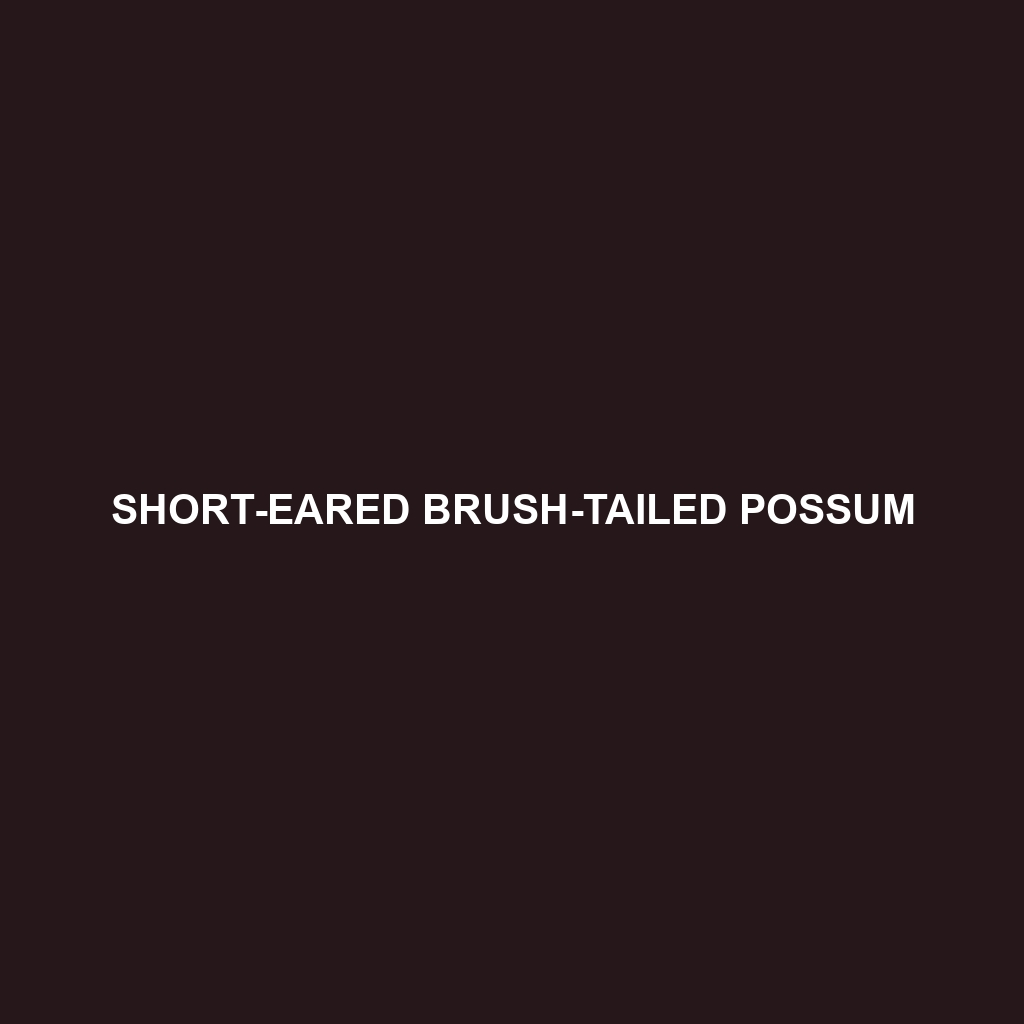
Tag: habitat loss
-

Greater Naked-tailed Armadillo
Discover the intriguing Greater Naked-tailed Armadillo (Cabassous tatouay), a medium-sized mammal native to South America, distinguished by its unique naked tail and burrowing behaviors. This solitary creature plays a vital ecological role, aiding in soil aeration and pest control, while its habitat preferences and adaptations highlight the importance of preserving its environment against threats like…
-

Brazilian Three-banded Armadillo
Discover the Brazilian Three-banded Armadillo (Tolypeutes tricinctus), a remarkable mammal native to eastern Brazil’s dry forests and savannas. With its distinctive ability to roll into a tight ball for protection, this small yet fascinating creature plays a vital role in controlling insect populations and is a symbol of Brazil’s rich biodiversity. Unfortunately, the Brazilian Three-banded…
-

Pichi
Discover the remarkable Pichi (Zaedyus pichiy), a small yet resilient armadillo native to the arid landscapes of Argentina and Chile. Renowned for their unique adaptations, including a protective shell and powerful digging claws, these solitary creatures play a vital role in their ecosystems. Learn about their fascinating behaviors, ecological significance, and the conservation challenges they…
-

Koala
Explore the enchanting world of the koala (Phascolarctos cinereus), Australia’s beloved marsupial, famous for its fluffy ears and unique eucalyptus diet. Delve into their fascinating behaviors, physical adaptations, and the significant conservation challenges they face, all while learning why these adorable creatures spend up to 22 hours sleeping each day. Join us in uncovering the…
-

Short-eared Brush-tailed Possum
Discover the enchanting Short-eared Brush-tailed Possum (Trichosurus caninus), a unique marsupial native to Australia, characterized by its short, rounded ears and bushy tail. As a nocturnal herbivore, it plays a vital role in forest ecosystems through its selective feeding and plant dispersal behaviors. Learn about its intriguing adaptations, habitat preferences, and the conservation efforts needed…
-

Coppery Brush-tailed Possum
Discover the enchanting Coppery Brush-tailed Possum (Trichosurus johnstonii), a nocturnal marsupial native to northeastern Queensland’s rainforests, known for its striking copper-colored fur and bushy tail. Essential to their ecosystem, these solitary foragers contribute to seed dispersal and forest health while navigating their high-canopy habitats with remarkable agility. Amidst threats from habitat loss, learn why conserving…
-

Peleng Cuscus
Discover the enchanting Peleng Cuscus (Phalanger pelengensis), a unique marsupial endemic to Indonesia’s Peleng Island. With its distinctive coloration, large nocturnal eyes, and arboreal lifestyle, this vulnerable species plays a crucial role in its ecosystem. Learn about its habitat, behavior, and the conservation efforts aimed at protecting this fascinating creature and its rainforest home.
-

Woodlark Cuscus
Discover the enchanting Woodlark Cuscus (Phalanger lullulae), a rare marsupial native to the idyllic Woodlark Islands of Papua New Guinea. With its charming appearance and fascinating arboreal adaptations, this nocturnal creature plays a vital role in its rainforest ecosystem. Learn about its unique behaviors, conservation challenges, and the folklore that surrounds this captivating species.
-

New Britain Cuscus
Discover the intriguing New Britain Cuscus (Spilocuscus kraemeri), a medium-sized marsupial endemic to Papua New Guinea’s tropical rainforests. With their distinctive cream-colored fur, prehensile tail, and nocturnal habits, these elusive creatures play a vital role in their ecosystem as seed dispersers. Despite their ecological significance, the New Britain Cuscus faces vulnerabilities due to habitat loss…
-

Mountain Cuscus
Explore the enchanting world of the Mountain Cuscus (Phalanger carmelitae), a fascinating marsupial native to the montane forests of New Guinea. Learn about their unique adaptations, such as prehensile tails and nocturnal habits, their vital ecological roles, and the conservation challenges they face in a rapidly changing environment. This detailed overview sheds light on these…
Search
Popular Posts
-
Erymnochelys madagascariensis
Discover the Madagascan Turtle (Erymnochelys madagascariensis), an endangered freshwater species known for its distinctive oval-shaped, camouflaged shell and elongated neck. This herbivorous turtle plays a crucial role in its ecosystem by maintaining aquatic vegetation and contributing to biodiversity in Madagascar’s unique habitats.
-
Erpeton tentaculatum
Erpeton tentaculatum, commonly known as the tentacled snake, is a unique, agile aquatic predator found in Southeast Asia’s freshwater ecosystems, distinguished by its elongated body and tentacle-like structures near its snout. This carnivorous species thrives in tropical climates, feeding primarily on fish and amphibians while playing a vital role in maintaining the balance of its…
-
Eroticoscincus graciloides
Introducing the Eroticoscincus graciloides, or slender skink, a striking reptile found in the lush rainforests of Papua New Guinea. This nocturnal, insectivorous skink showcases a slender body ranging from 10 to 15 cm, featuring smooth, glossy skin that varies in color from light brown to dark chocolate, and plays a crucial role in maintaining insect…
Categories
Archives
Tags
animal adaptations (752) animal behavior (4719) animal reproduction (783) bat species (661) behavior (919) biodiversity (6948) conservation (1670) conservation efforts (1473) conservation status (4782) diet (2098) echolocation (822) ecological balance (1512) ecological role (1397) ecology (790) ecosystem (1468) ecosystem role (2651) ecosystem roles (654) endangered species (2391) environmental conservation (685) habitat (3242) habitat conservation (928) Habitat Destruction (999) habitat loss (2967) insectivorous reptiles (682) IUCN Red List (1446) lizard reproduction (666) nocturnal animals (2695) nocturnal behavior (2243) physical characteristics (1981) reproduction (2853) reptile conservation (919) rodent (677) rodent species (1325) seed dispersal (2062) Seed Disperser (958) small mammals (1163) snake diet (641) snake reproduction (688) South America (784) species description (714) tropical forests (937) Vulnerable Species (4444) wildlife (2507) wildlife conservation (4537) wildlife protection (837)


